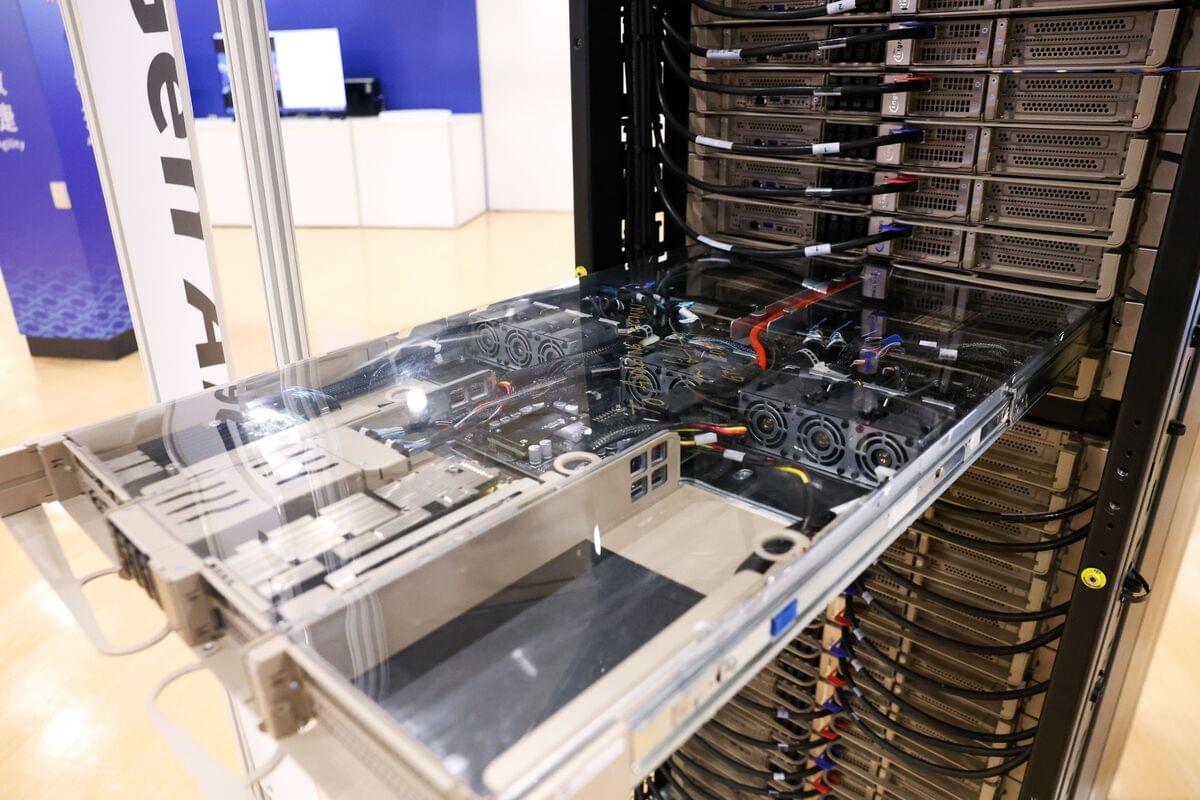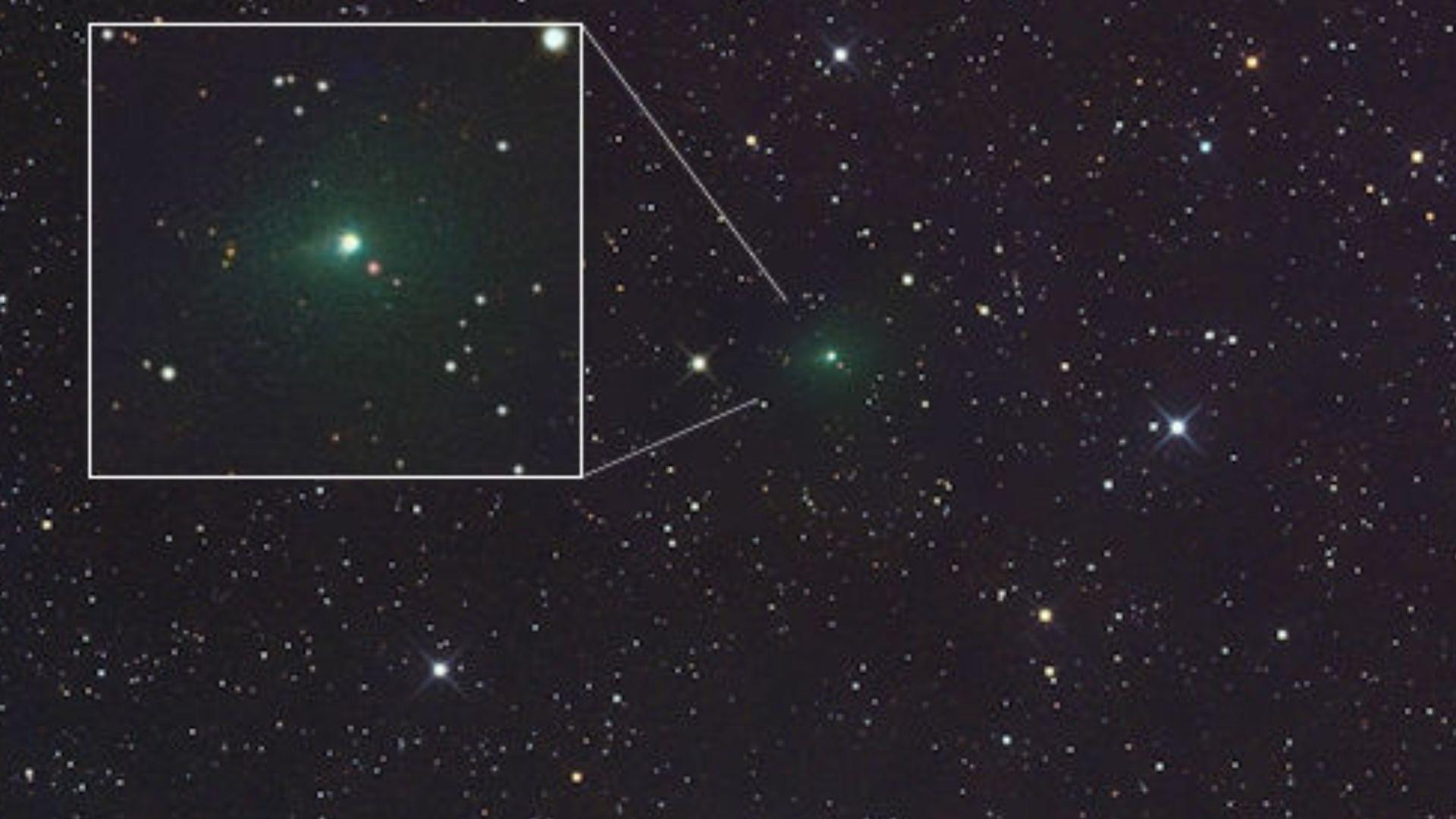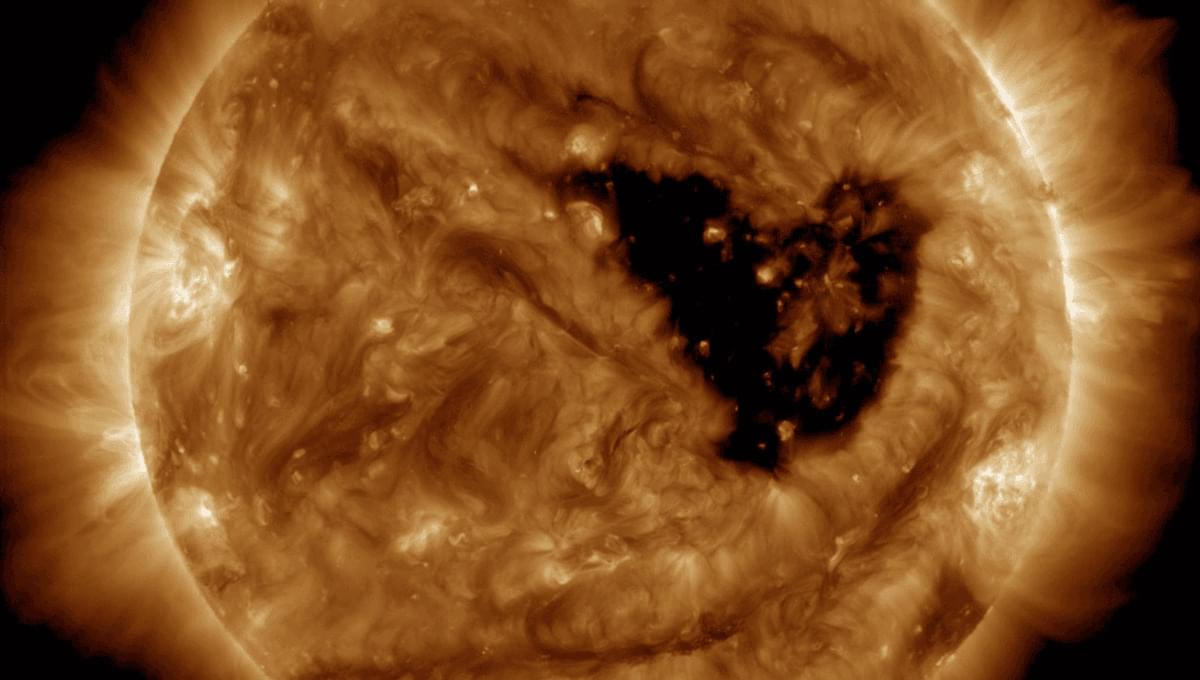Following chronic hyperactivation using chemogenetics, vulnerable substantia nigra dopamine neurons display progressive degeneration unlike neighboring ventral tegmental area dopamine neurons.


Tesla continues to advance and solidify its momentum in the electric vehicle market through significant technological innovations, expansions, and achievements in autonomous driving, AI-powered technologies, and overall growth.
## Questions to inspire discussion.
Robo Taxi Service Expansion.
🚕 Q: How has Tesla’s robo taxi service in California expanded its operations? A: Tesla’s robo taxi service now operates until 2 a.m. with only 4 hours of downtime, indicating operational readiness and confidence in the system’s performance.
🌎 Q: What hiring moves suggest Tesla’s plans for global robo taxi expansion? A: Tesla is hiring a senior software engineer in Fremont to develop backend systems for real-time pricing and fees for robo taxi rides worldwide.
🌙 Q: How is Tesla preparing for expanded robo taxi coverage across the US? A: Tesla is hiring autopilot data collection supervisors for night and afternoon shifts in Arizona, Florida, Texas, and Nevada, indicating planned expansion of services.

A new study has successfully demonstrated the confinement of terahertz (THz) light to nanoscale dimensions using a new type of layered material. This could lead to improvements in optoelectronic devices such as infrared emitters used in remote controls and night vision and terahertz optics desired for physical security and environmental sensing.
The paper, “Ultraconfined terahertz phonon polaritons in hafnium dichalcogenides,” is published in Nature Materials. The research was led by Josh Caldwell, professor of mechanical engineering and Director of the Interdisciplinary Materials Science graduate program at Vanderbilt University, and Alex Paarmann of the Fritz Haber Institute in collaboration with Prof. Lukas M. Eng from the Technische Universität Dresden (TUD), Germany.
While THz technology promises high-speed data processing, integrating it into compact devices has been challenging due to its long wavelength. Traditional materials have struggled to confine THz light effectively, limiting the potential for miniaturization.

A British startup has installed New York City’s first quantum computer at a data center in Manhattan.
Oxford Quantum Circuits has placed the system at a data center run by Digital Realty Trust in the Google building in Chelsea, billing the technology to customers of the site as a means of running artificial intelligence programs faster and more efficiently. Oxford Quantum Chief Executive Officer Gerald Mullally said he expects his firm to spend tens of millions of dollars over three to five years, in part to buy Nvidia Corp. chips to integrate into it. He declined to provide the exact costs of the computer.




To study such patterns of early AI adoption, we extend the Anthropic Economic Index along two important dimensions, introducing a geographic analysis of Claude.ai conversations and a first-of-its-kind examination of enterprise API use. We show how Claude usage has evolved over time, how adoption patterns differ across regions, and—for the first time—how firms are deploying frontier AI to solve business problems.

“Surface charging may occur on satellite components, drag may increase on low-Earth-orbit satellites, and corrections may be needed for orientation problems,” the NOAA explains of G3 storms, adding “Intermittent satellite navigation and low-frequency radio navigation problems may occur, HF radio may be intermittent, and aurora has been seen as low as Illinois and Oregon (typically 50° geomagnetic lat.).”
Sun activity increases and decreases in an 11-year cycle known as the Schwabe cycle. From 1826 to 1843, German amateur astronomer Heinrich Schwabe observed the Sun, discovering that it rotates on its axis once every 27 days. He noticed the Sun goes from quiet periods, where no sunspots can be seen, to the maximum phase where 20 or more groups of sunspots can be seen.
During the solar cycle, storms can reach up to level G5, classified as “extreme”, around four times on average. While G3-strength storms are more common, with around 200 per solar cycle, they can still produce powerful aurora around the equinoxes due to something known as the “Russell-McPherron Effect”

Endogenous bioelectrical patterns are an important regulator of anatomical pattern during embryogenesis, regeneration, and cancer. While there are three known classes of instructive bioelectric patterns: directly encoding, indirectly encoding, and binary trigger, it is not known how these design principles could be exploited by evolution and what their relative advantages might be. To better understand the evolutionary role of bioelectricity in anatomical homeostasis, we developed a neural cellular automaton (NCA). We used evolutionary algorithms to optimize these models to achieve reliable morphogenetic patterns driven by the different ways in which tissues can interpret their bioelectrical pattern for downstream anatomical outcomes. We found that: All three types of bioelectrical codes allow the reaching of target morphologies; Resetting of the bioelectrical pattern and the change in duration of the binary trigger alter morphogenesis; Direct pattern organisms show an emergent robustness to changes in initial anatomical configurations; Indirect pattern organisms show an emergent robustness to bioelectrical perturbation; Direct and indirect pattern organisms show a emergent generalizability competency to new (rotated) bioelectrical patterns; Direct pattern organisms show an emergent repatterning competency in post-developmental-phase. Because our simulation was fundamentally a homeostatic system seeking to achieve specific goals in anatomical state space (the space of possible morphologies), we sought to determine how the system would react when we abrogated the incentive loop driving anatomical homeostasis. To abrogate the stress/reward system that drives error minimization, we used anxiolytic neuromodulators. Simulating the effects of selective serotonin reuptake inhibitors diminished the ability of artificial embryos to reduce error between anatomical state and bioelectric prepattern, leading to higher variance of developmental outcomes, global morphological degradation, and induced in some organisms a bistability with respect to possible anatomical outcomes. These computational findings were validated by data collected from in vivo experiments in SSRI exposure in planarian flatworm regeneration.